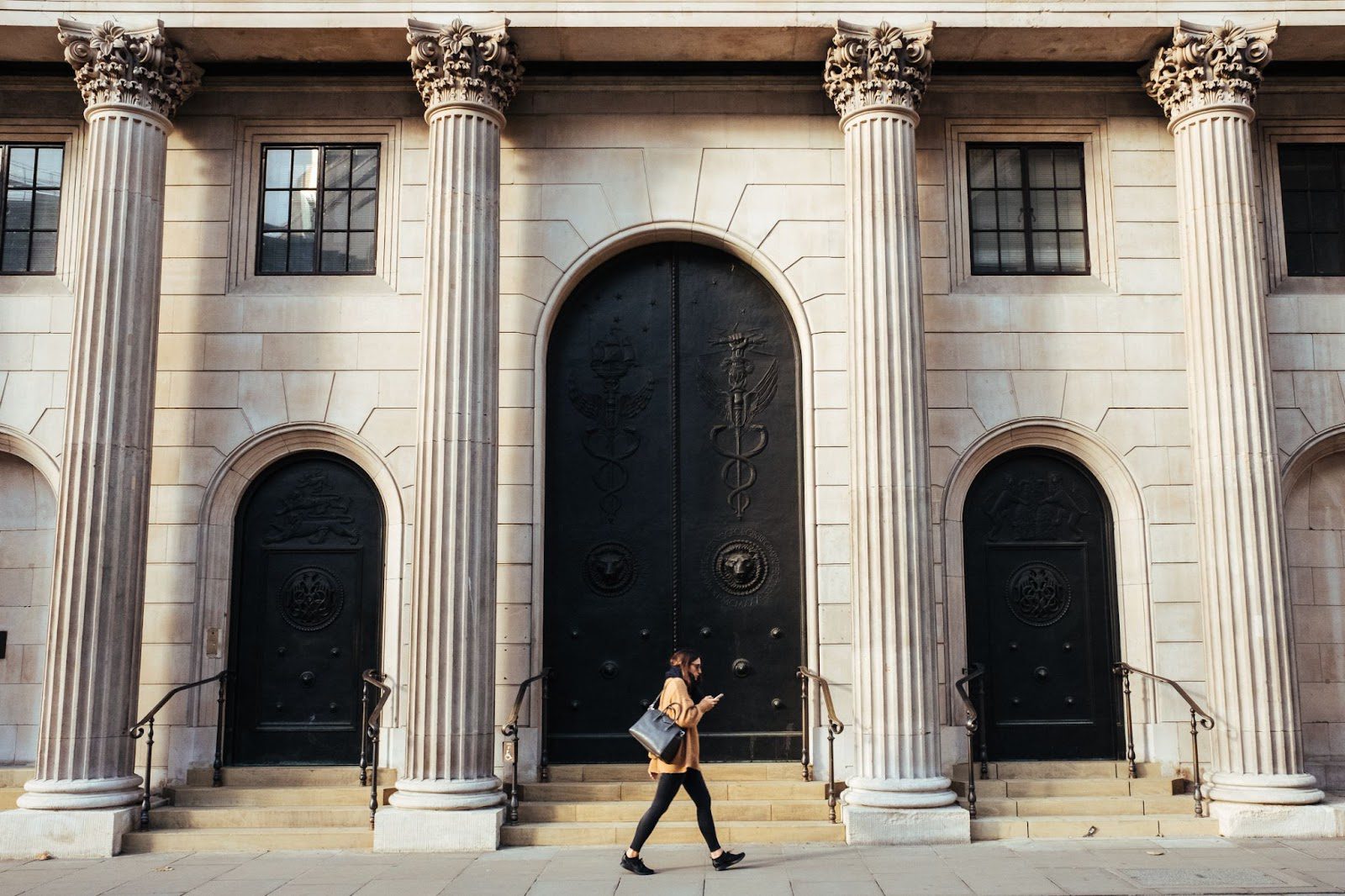Don’t ever consider an online savings account that’s not FDIC-insured. This means that the account is guaranteed by the federal government up to $250,000 per depositor. If something horrible happens to the bank, the federal government guarantees you’ll still get access to your balance, up to $250,000. This is per depositor, so the $250,000 includes the combined balance of all your savings accounts at the same bank.
Nearly every savings account is FDIC-insured, as it’s been a standard practice for a long time. But keep a close eye on this any time you’re considering an innovative or unique approach to storing your cash.
For example, some folks will store their cash in a money market account, which operates a lot like a savings account. Money market accounts are usually FDIC-insured. But money market funds, which you place cash into from a brokerage account, are not FDIC insured. A subtle yet critical difference during tenuous times.
Another example: Robinhood attempted to roll out a checking account that promised a 3% APY. That’s a checking account paying higher interest than any savings account that was available at the time, by almost 1%. Sounds amazing, right?
It came with several catches, one of which was that it wasn’t FDIC-insured. Without FDIC insurance, the higher APY is not worth the risk.
My stance is that every dollar of our savings should be covered by the FDIC, even if the balance is high enough that we have to split it up between multiple savings accounts.
All of the accounts that we reviewed are FDIC-insured. Just keep an eye out for this if you’re exploring an atypical approach to storing your cash.



